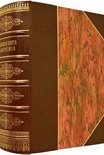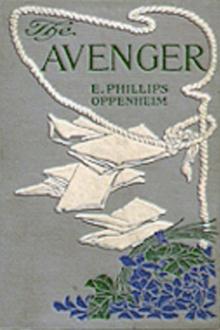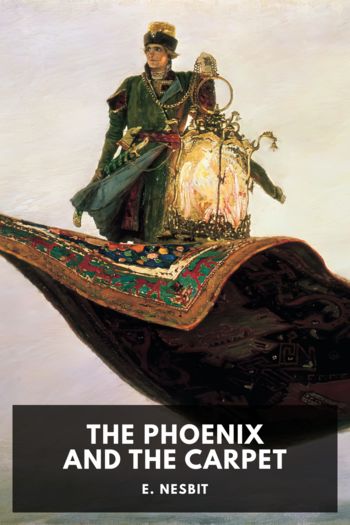Hitler's Terror Weapons, Brooks, Geoffrey [cat reading book .txt] 📗

Book online «Hitler's Terror Weapons, Brooks, Geoffrey [cat reading book .txt] 📗». Author Brooks, Geoffrey
Bitterly Harteck was forced to concede defeat, refusing to accept their opinion. He resented Heisenberg in particular, commenting that, to his knowledge, Heisenberg had never contributed a single basic idea leading to the solution of the problems of nuclear fission: he found it inexplicable that a theoretical physicist who had never been involved in a large experimental venture could be appointed as leader of a technological enterprise. It was worse than merely poor judgment. Harteck attributed Germany’s failure to produce a nuclear weapon to the antagonistic attitude existing between the theoretical physicists and the experimentalists: the former considered the latter as beneath them, “a few egoists pushed the others aside”.47
What seems to have been Heisenberg’s real worry over Harteck’s proposed reactor was that since it operated at sub-zero temperatures it might be easier to stabilize it with control rods when it went critical: if this sort of primitive reactor worked, it would produce the nuclear waste which Harteck wanted to use in radiological weapons. Harteck felt sure that such a programme would have brought the war to a swift end in Hitler’s favour.
Was Professor Harteck serious about radioactive bombing? One must profess astonishment and credit him for having come clean on the matter after the war. Few others were honest. Considering how the dry-ice low-temperature reactor would have placed Germany’s nuclear programme on an entirely different footing, he stated:
“You must be thankful this didn’t occur. Not that an atomic bomb would have been made. But if you have a carbon dioxide reactor and you let it run for a certain time, the cubes or rods of uranium would have become highly radioactive. Much radioactive material could have been made which could have been thrown about. That would have been very bad47.”
CHAPTER 4
Plutonium, Paraffin and Moderators
IN THE AMERICAN scientific periodical Physical Review of 1 September 1939 Niels Bohr of Copenhagen and John Wheeler of Princeton theorized that if during fission the U238 nucleus captured two successive neutrons then the new compound structure should be even more fissionable than U235, which of course suggested another kind of atom bomb.
Professor von Weizsäcker obtained the June 1940 issue of the same journal, the last available internationally. It contained an article offering proof of the substance 239Np (neptunium) in research on the Berkeley cyclotron. This tended to validate the Bohr-Wheeler hypothesis. In his report to the Heereswaffenamt G59-Concerning the Possibility of Extracting Energy from U238 on 17 July 1940, Professor von Weizsäcker left open the question as to whether atomic decay proceeded beyond neptunium, but if it did it would probably be an explosive, he said. (In the event plutonium – element 94 – was confirmed as an explosive “with the same unimaginable effects as U235” and “much easier to obtain from uranium since it can be separated chemically” in Heisenberg’s paper Die theoretische Grundlagen für die Energiegewinnung aus der Uranspaltung presented to the Haus der Deutschen Forschung on 26 February 1942.) The Viennese experimenters Hernegger and Schintlmeister48 had reached virtually the same conclusion about the new transuranic substance at about the same time as von Weizsäcker, although they did not lodge their paper in Berlin until December 1940.
Many millions of words have been written by learned historians in an attempt to make some sense of the German uranium project during the Second World War. Thousands of documents have been inspected, but the story lacks coherency. The muddle over graphite is a good example. Many commentators have attempted to show that the German reactor project failed because of an error in materials measurement prejudicial to the use of graphite as a moderator. If the Germans had had graphite instead of heavy water, so their argument goes, then they would have had a critical reactor in 1941 and plutonium and a bomb, and so on. The evidence does not support this line of reasoning because in 1944 there was enough heavy water available for a working reactor but no attempt was made to reach the critical point. Moreover, to build and run such a reactor would have required a tremendous effort, and it would not have proceeded in Germany as rapidly as it did in the United States, where large manpower and enormous material resources free from constant aerial bombardment had still not produced a plutonium bomb which worked by the end of hostilities in Europe.
There is in any case rather more to the error in the graphite evaluation than meets the eye. Professor Walther Bothe (1891–1957) was an opponent of the Nazi regime and, after having been roughed up by the Nazis at Heidelberg in 1933, spent a long period in convalescence at a Badenweiler sanatorium from where he did not return to the University until 1937. Bothe had been frequently accused of scientific fraud by the Nazis before the war. There being no smoke without fire, he was probably quite prepared to repay them in his own currency if he got the chance. Professor Peter Jensen, his assistant, was a member of Heisenberg’s intimate circle of three and was aware that Heisenberg wanted heavy water as the official moderator and not graphite.
In his first pioneering paper in December 1940 Heisenberg had said that graphite was suitable as a moderator and he was visualizing in his mind’s eye a reactor of 25 tonnes of uranium oxide and 30 tonnes of graphite. He even had a Most Favourable Design of Reactor in which there would be layers of uranium oxide, heavy water and graphite. In his supplementary report of 29 February 1940 he had changed his mind and said that “the properties of graphite make it unsuitable as a neutron moderator”. Nobody else thought this at the time and he submitted nothing in writing to substantiate his statement about a matter which was obviously critical to the development of





Comments (0)